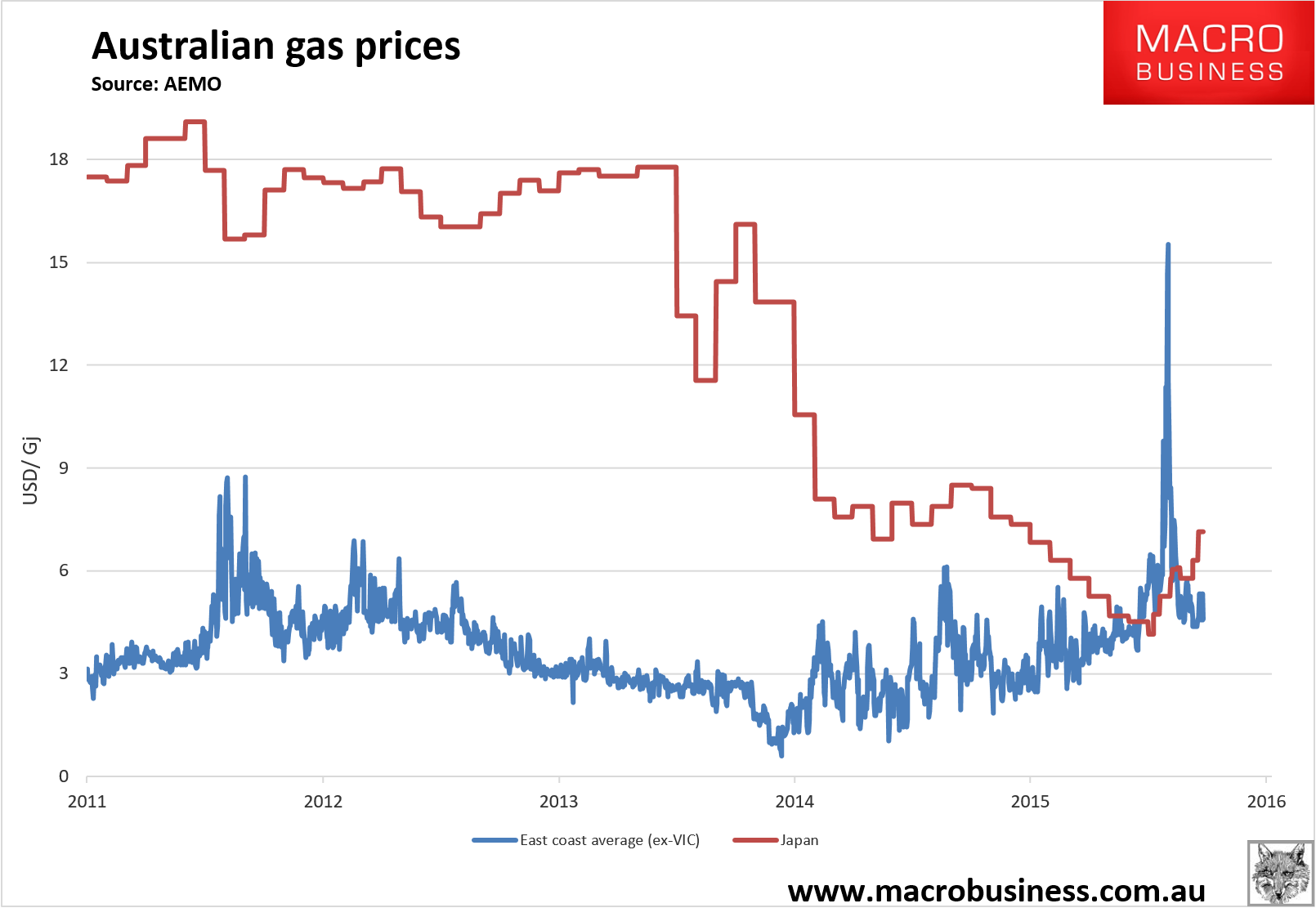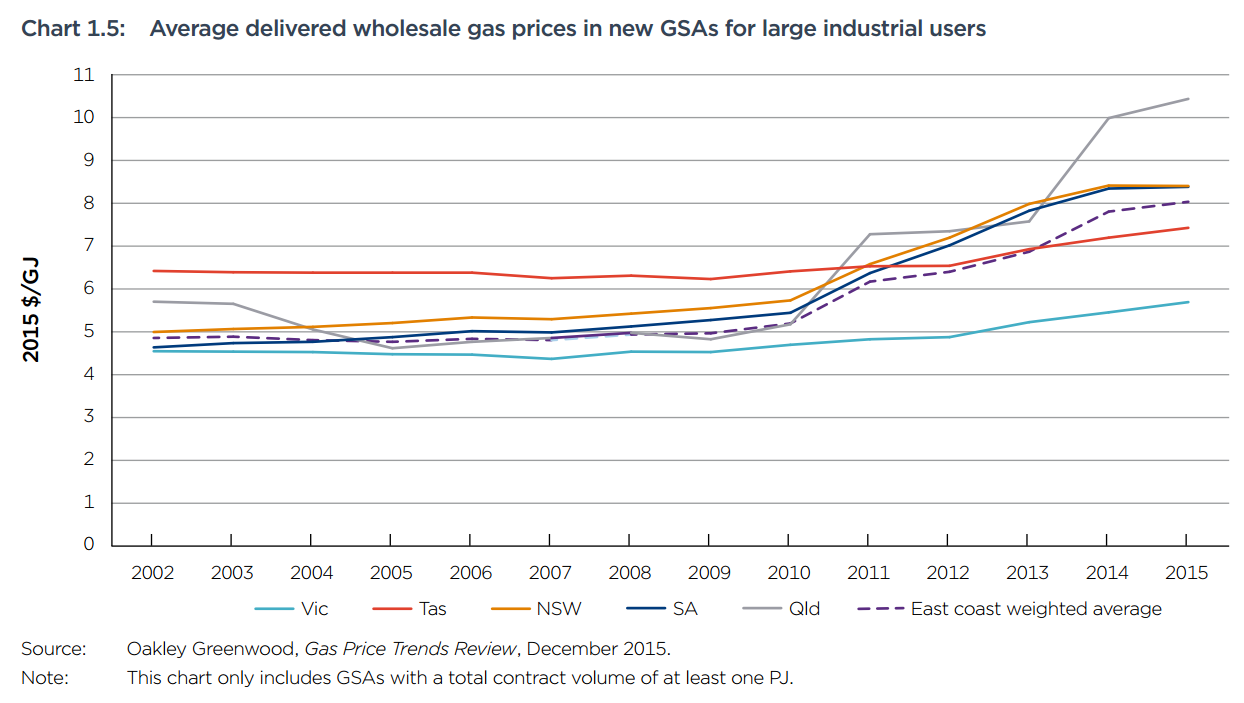From The Advertiser:
SOUTH Korean steel giant Posco has emerged as a potential saviour of Arrium’s Whyalla steelworks, raising the possibility it could build a new power station to help ease SA’s energy crisis and increase production at the troubled plant.
Senior Posco executives on Wednesday told Federal Industry Minister Greg Hunt and SA Treasurer Tom Koutsantonis in South Korea they were “extremely interested” in purchasing Arrium, which went into administration in April with debts of $4.3 billion.
But Mr Koutsantonis warned on Wednesday night that the potential deal could fall over if Australian banks — who are major Arrium creditors — insist on the company being broken up.
Mr Hunt said Posco had proposed constructing a new steel plant at Whyalla which used modern “Finex” technology to build low-cost, high-quality product.
The upgrade could also help solve SA’s energy crisis because gas generated in the steel production process would be used to generate electricity at a new power plant. And half of the power generated by the proposed 220MW gas turbine power plant would be fed into the state’s electricity grid.
“You couldn’t get a better outcome for South Australia,’’ Mr Hunt said. “Not just protecting the jobs but investing, expanding production and providing additional baseload (electricity) grid security.”
Is that right Gregorius? Readers will know I’m very enthusiastic about rescuing Whyalla but what about the gas? Where is it going to come from and what is it going to cost? Today’s east coast gas price is already at $6.03GJ and trending up:
Note that the chart converts price to USD. Moreover, for a new power plant entrant, securing contract gas is likely going to cost considerably more. The ACCC report recently had them going at $8.50mmGJ in SA:
Gas more or less sets the marginal cost of electricity in the national energy market so what this means is that Posco will jack up the price for all consumers as it sells its surplus electricity into the wider market.
What we are looking at here, then, is a solution that embeds higher power costs for the entire east coast of Australia to support one steel mill that will remain marginal owing to those same rising costs.
Who will benefit? The same gas cartel that is at the base of the local high prices problem because they’re busy shipping the gas offshore at huge losses.
It is pure Banana Republic economics.



